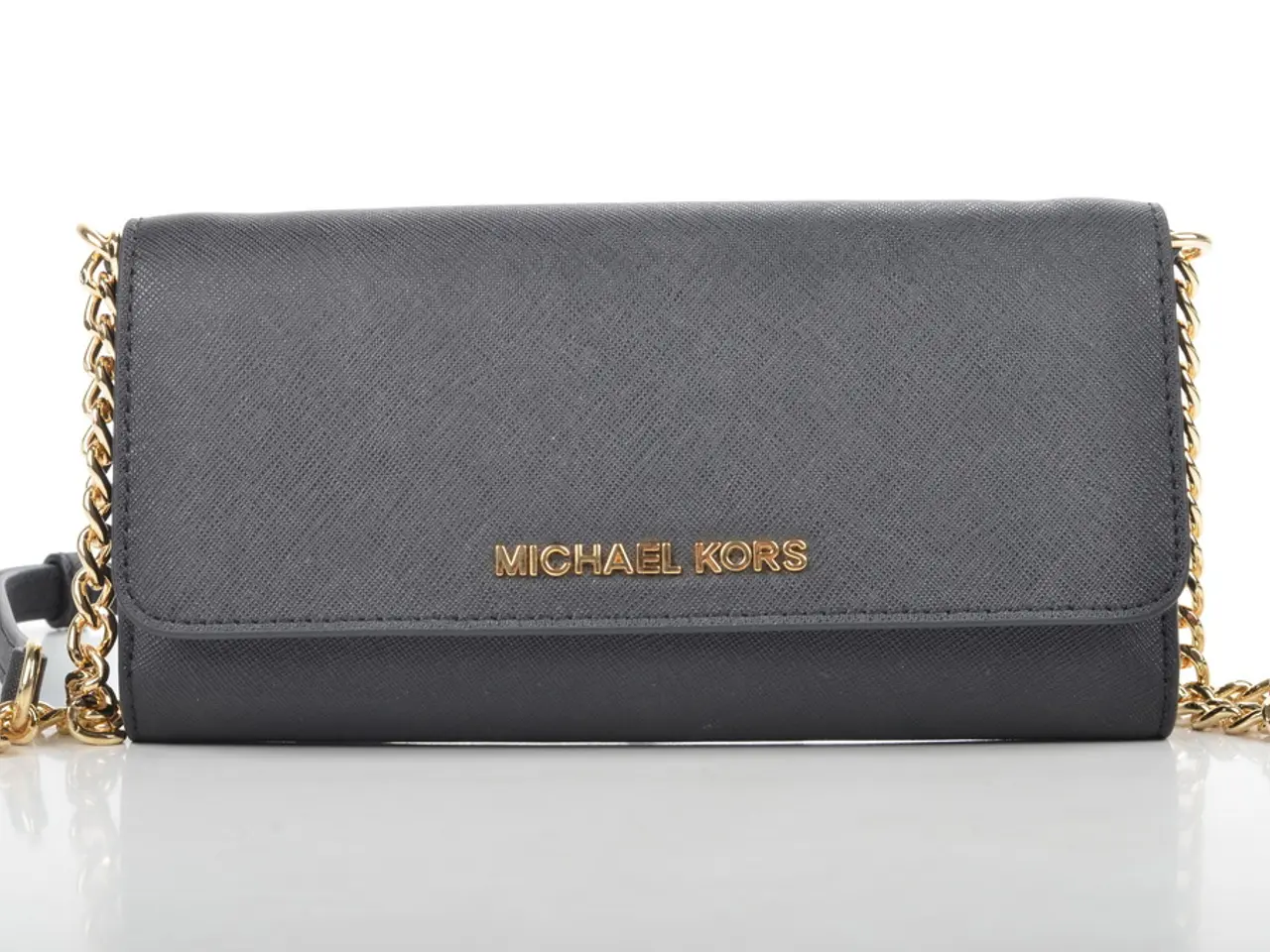Implementing bar inventory management | Comprehensive guide to liquor stock control
In the bustling world of bars and restaurants, managing liquor inventory effectively is crucial for profitability and customer satisfaction. Here are key approaches to optimizing liquor inventory management, combining disciplined processes, staff training, technology, and organized storage.
Firstly, implement regular, scheduled inventory counts. Perform daily spot-checks on high-cost or fast-moving liquor items and conduct full counts weekly or monthly to minimize discrepancies. Assign dedicated staff for counting and use historical data to improve accountability and reliability.
Secondly, use a First-In, First-Out (FIFO) system. Label liquor bottles with delivery dates and train staff to use older stock before newer inventory. This reduces waste from expired products.
Thirdly, apply strict portion control. Train bartenders to use jiggers, scales, or measured pourers rather than free pouring to prevent over-pouring, which leads to excess costs.
Fourthly, leverage bar inventory management software. Digital tools like Partender, Backbar, Bar-i, or WISK integrate with POS systems to automate inventory tracking, real-time sales data syncing, variance reporting, and ordering based on par levels. This reduces manual errors, detects theft quickly, and optimizes purchasing decisions.
Fifthly, organize your storage clearly by categories (e.g., spirits, mixers, garnishes). Label shelves and use color-coded bins or tags to help staff locate items and adhere to FIFO rules.
Sixthly, monitor vendor pricing trends. Track historical prices of liquor products to anticipate cost changes, negotiate better rates, or adjust your menu and ordering strategy accordingly.
Seventhly, set par levels and reorder thresholds to keep adequate stock without overstocking, balancing availability with cash flow and storage constraints.
Eighthly, conduct periodic spot checks on high-value liquor to catch shrinkage early and address theft or operational inefficiencies before they escalate.
Using a liquor scale or a mobile application like RapidStock can aid in more accurate measurements and speed up the inventory process. RapidStock is an inventory control solution for bars and restaurants that simplifies inventory management by measuring real costs, setting par levels, speeding up the inventory process, and ordering goods, all in one place.
Conducting liquor inventory provides information not just about bar stocks but also about the business in general, such as financial performance, popular beverages, and areas for improvement. An efficient bar inventory process helps manage budget, reduce employee hours, prevent last-minute orders, wasted product, unforeseen charges, and the time spent counting liquor.
In conclusion, implementing efficient inventory management strategies, such as those outlined above, is crucial to the well-being of a business. Adjust the inventory management process to suit your management style and staff, and reap the benefits of reduced waste, increased profitability, and a consistent supply of liquor to serve customers efficiently and cost-effectively.
While optimizing liquor inventory management is essential for profitability and customer satisfaction in the world of bars and restaurants, it's also pivotal in the sports realm. For instance, sports teams can benefit from efficient inventory management of equipment and resources. Implementing regular counts and a First-In, First-Out (FIFO) system can extend the life of equipment and reduce waste, saving costs and ensuring consistent performance. Additionally, digital tools and mobile applications can streamline inventory management, providing teams with real-time data and enhancing their ability to make informed decisions, much like a well-managed bar.








